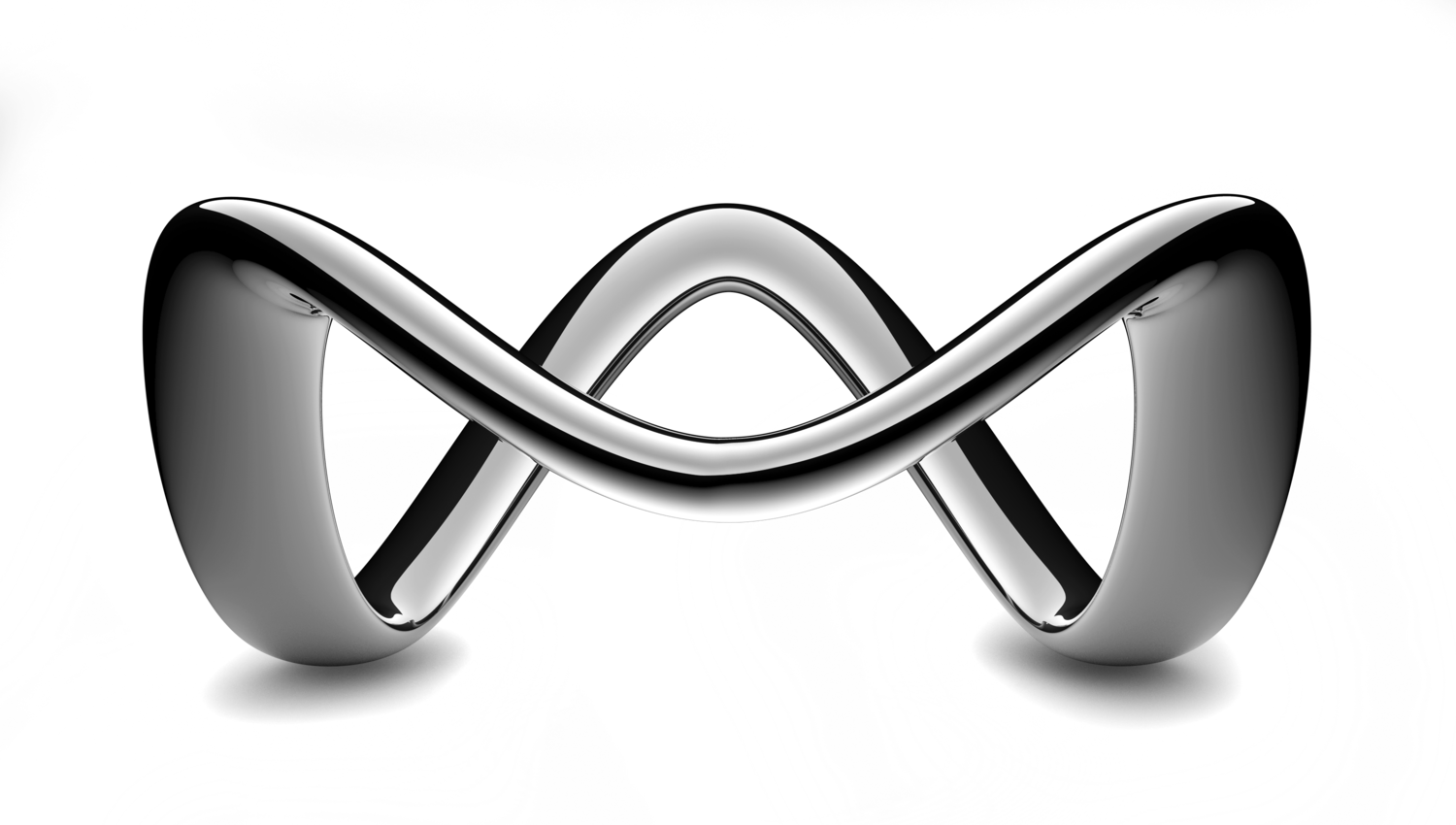Visualization is a tool used by professionals and novice alike during training and work. In the end, visualization is used to reach success. However, it can also be used more globally as a separate training tool (to see the desired outcome), to establish or renew awareness, to heighten sensory perception, to calm and relax, refocus, to improve well-being and to recover from injury or failure.
“GUIDED IMAGERY” is one of the many terms that can be used in place of visualization. However we choose to phrase it, the ultimate goal is to imprint images or actions into our minds that are positive and create an impression of the desired feelings or results.
Just as the images can be positive and geared towards success, we can easily create imagery that is is instead negative, which leads us to failure and illness. Process equals outcome.
PROCESS EQUALS OUTCOME
I ask my clients to visualize not only the outcome they desire, but also how they wish to execute it, and with confidence. The magic of mental imagery is that the outcome is whatever the practitioner wants it to be. There does not have to be a physical opponent or physical obstacle to his/her success. Once the image has been framed as desired, it can be transported to any situation. This builds confidence because the mind is incapable of differentiating between what is real and what isn’t.
HOW TO PRACTICE VISUALIZATION
Clarity is the most important tool to bring into mental imagery. Any or all of our senses can be brought into the practice of mental imagery. They can be visual (seeing the world, or the movement as we would want it). kinesthetics (how the body feels), or auditory (the sounds in the room), even aroma can be used to create the caption that we want. While imagining these scenarios, we should try to imagine the detail and the way it feels to perform in the desired way.
Using the power of our mind, we can call up these images over and over, enhancing the skill through repetition or rehearsal, similar to the real thing. With mental rehearsal, minds and bodies become trained to actually perform the skill imagined.
Through research and anecdotally, I’ve found that both physical and psychological reactions in certain situations can be improved with visualization. Such repeated deliberate practice can build both experience and confidence in our ability to perform certain skills under pressure, or in a variety of possible situations. Complete control and absolute success must be our visual.
Seeing strength, victory, control, or calm are examples of appropriate visuals. Weakness, failure, loss, disfunction, or “I can’t” are examples of visuals we should avoid.

